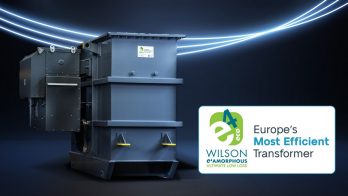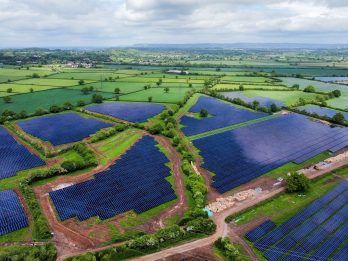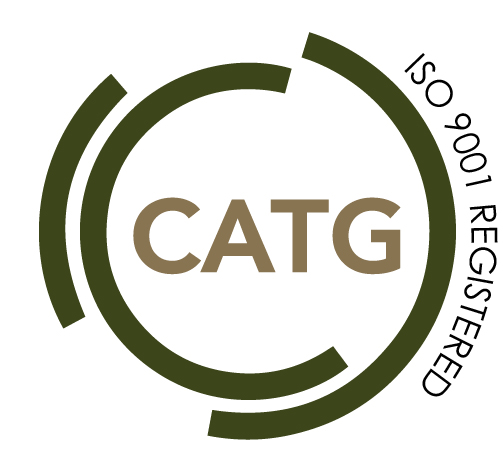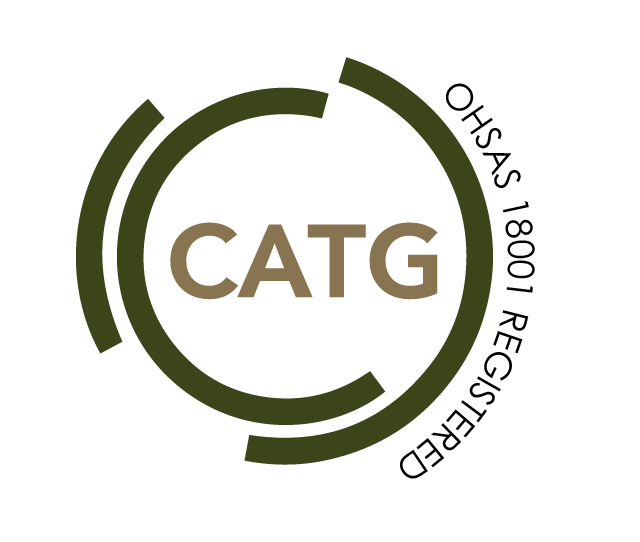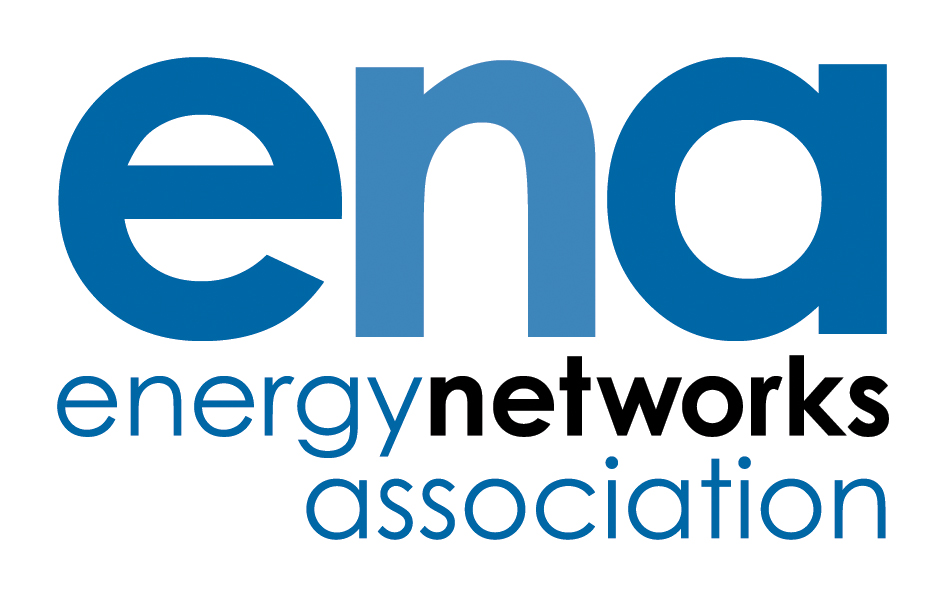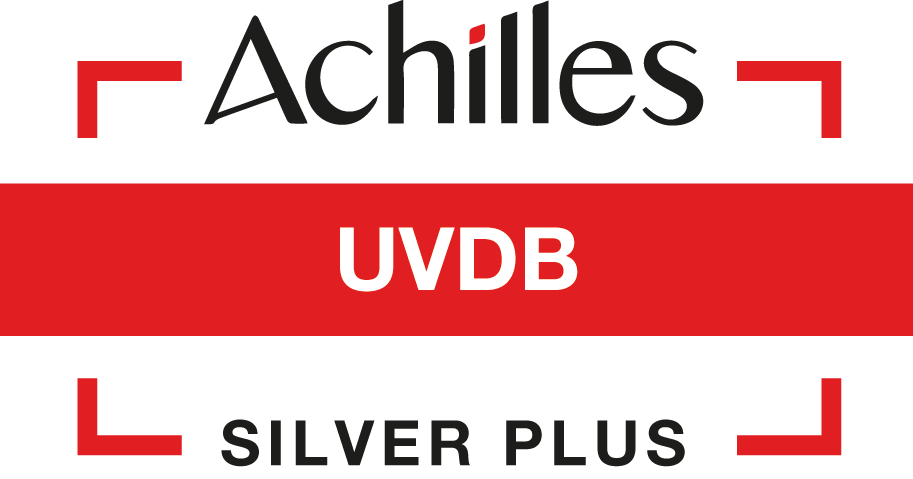Copper Vs Aluminium
Although this sort of heavyweight bout event may not make the headlines or attract an audience of over 80,000 to Wembley Stadium, in our industry, it’s about of some contention.
The war between these two metals continues to rage on; both vying to become the number one contender as the ideal component for windings in a transformer. Due to both metals being thermal and electrical conductors, they often cross paths. However, it’s usually down to the individual preferences of the person designing, or specifying, the transformer, as to which one gets the nod.
Copper: The Facts
Copper is a soft, malleable and ductile metal. It is a very high thermal and electrical conductivity. Upon appearance, copper has a reddish-orange colour.
Symbol: Cu
Melting point: 1,085 °C
Boiling Point: 2,562 °C
Aluminium: The Facts
Aluminium is a soft, non-magnetic, ductile metal. It is silvery-white in appearance and fairly reflective.
Symbol: AI
Melting Point: 660.3 °C
Boiling Point: 2,470 °C
The History
The competition between these two metals really began to heat up during World War II. Copper became more scarce because it was being used for shells and bullet casing. This meant that, due to their similarities, several industries opted for aluminium as the nearest alternative.
Aluminium, at the time, was in good supply, priced fairly and cheaper than copper. Therefore, it quickly became the preferred metal for high-power transmission power lines. Today, almost all major manufacturers’ transmission lines are made with aluminium.
Despite copper wound transformers often being smaller, there are many debates as to which metal does it best, posing the age-old question of: ‘Are aluminium windings better than copper windings?
The Debate
Aluminium and copper have a lot of similarities such as the fact that both oxidize over time, for instance. They also have similar losses in performance, depending on how they are coiled or wound. These factors are part of the reason as to why there is an ongoing debate about which metal is the superior performer for transformer windings.
Advantages of AI Windings
- Aluminium costs a lot less than copper and thus brings commercial advantages.
- Aluminium has a very thin layer of oxides on the surface, which stops air and water getting to the metal, resisting corrosion.
- Although the conductivity of copper is stronger, pound for pound aluminium proves to be almost double as effective a conductor.
- Aluminium is more flexible than copper making it easier to wind in production processes.
- The higher resistivity of aluminium gives inherently lower eddy losses in the windings. This mitigates the risk for hot spots.
Disadvantages of AI Windings
- Aluminium connections can be susceptible to oxidation in cast resin transformers. Connections must pierce the aluminium oxide layer so that it remains gas tight [LG2] [j3].
- Aluminium wound coils are larger than an equivalent copper coil, meaning it requires approximately 1.8 times as much cross-section as copper to carry an equivalent amount of current.
Advantages of Cu Windings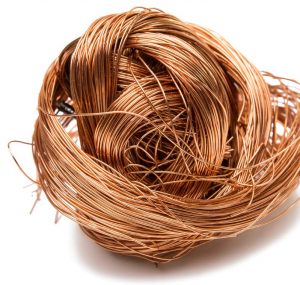
- Copper is stronger than aluminium. It expands less but both materials have a similar maintenance schedule.
- Copper can carry almost twice the current capacity of aluminium, which makes them slightly smaller in size than aluminium wound transformers.
- In rare cases, transformers with copper winding can be less expensive to manufacture because they are smaller. But this is open to the fluctuating copper prices.
- The smaller size of copper transformers reduce the cost of the magnetic steel, tank and oil used but this does not make them more competitive than their aluminium wound counterparts.
Disadvantages of Cu Windings
- Copper is significantly more expensive than aluminium.
- Copper is more difficult to wind into a core than the more flexible aluminium.
- Copper is becoming more scarce and most of the supply is going to China.
The Outcome
It looks like this bout will go on for the full twelve rounds and come down to the judge’s scorecard. No doubt a rematch will be on the cards, sometime in the near future.
The truth of the matter is that transformers wound with aluminium or copper coils can have similar losses and performance depending on their actual design. Since both aluminium and copper transformers use the same insulation systems and have similar temperature rises, they have similar lifetime ratings. However, in a cost-conscious age, it is aluminium which is proving to be the most admirable option.
At Wilson Power Solutions we’re always trying to combat costs for our customers, but not at the compromise of our products. Striking a balance between optimum performance and cost effectiveness is always a challenge. This is why we are constantly developing our solutions to heighten the overall performance of our transformers, saving our customers both energy and money, regardless.
 15 Feb 2018
15 Feb 2018Introducing Wilson e4 Ultimate Low Loss Amorphous® Transformer
Wilson Power Solutions is delighted to launch a brand new distribution transformer, Wilson e4 Ultimate Low Loss Amorphous® Transformer, the most energy-efficient transformer in the UK and Europe. Energy Losses As a UK power and distribution transformer manufacturer, we always look for solutions to limit energy waste by improving our own products’ efficiency. Even though […]
 8 Mar 2024
8 Mar 2024IETF: Industrial Energy Transformation Fund – Phase 3
Industrial emissions account for around 18% of UK emissions. To reach the Net Zero target in 2050, industrial emissions need to fall by around 90% from today’s levels. Industrial Energy Transformation Fund (IETF) launched Phase 3 of industrial grants on Monday 29 January 2024, with the closing date on Friday 19 April 2024, and aims […]
 23 Feb 2024
23 Feb 2024Wilson transformers support Gatwick Airport EV charging stations
Wilson Power Solutions is continuously working towards delivering a sustainable future. We actively participate in green energy projects including electric vehicle charging points, energy storage systems or solar energy generation projects. The latest project we worked on has just come to fruition in London. We have proudly built and delivered 2 x 2500kVA, 33000/415V and […]
 22 Jan 2024
22 Jan 2024

